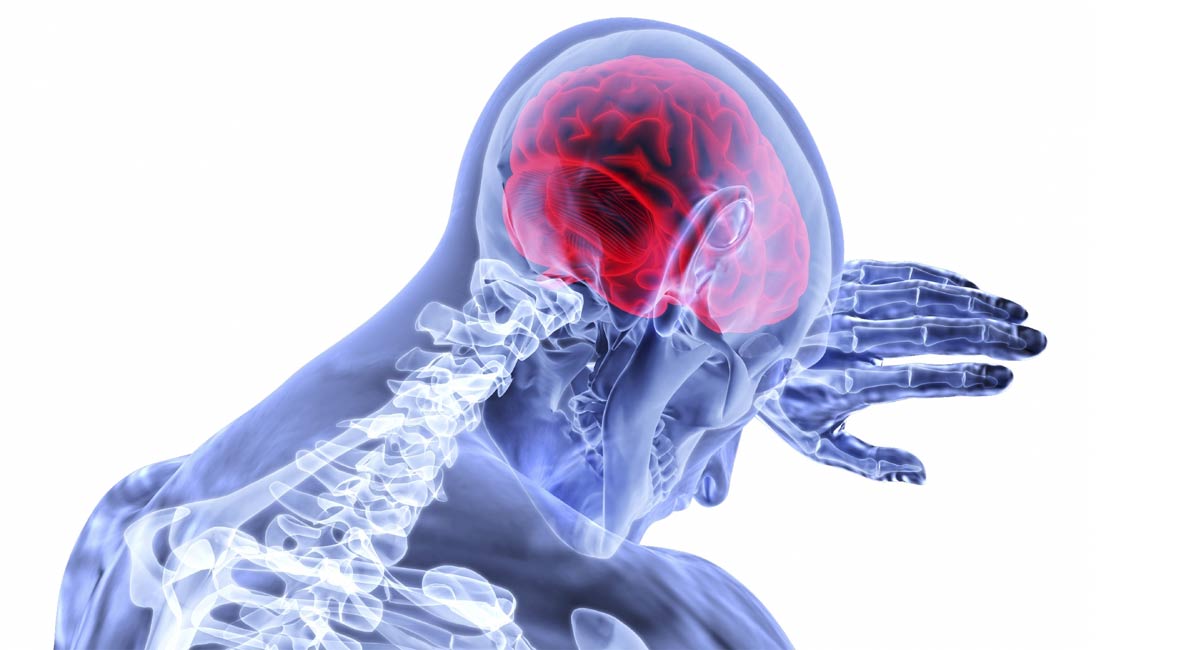A fluid that is known as cerebrospinal fluid covers the spinal cord and the brain and acts as a protective layer for them that is absorbed by the blood veins as more and more fluid is produced. When a tumour blocks this circulation of the cerebrospinal fluid tumour, the tumour collects inside the head and leads to an increased e in pressure known as intracranial pressure. This condition of the fluid build-up causing headache and brain damage when not taken care of is known as hydrocephalus, for which people can approach an expert neurosurgeon in ludhiana.
Treatment for hydrocephalus.
Hydrocephalus is usually treated with surgery that is available in two main treatments that you can get at any Neuro hospital in Ludhiana. These are:
- Shunt surgery
- Endoventriculoustomy
You might need to get one surgery for hydrocephalus and, at the same time, surgery to remove your tumour. It depends on the situation if both problems can be resolved together or require separate surgeries.
Shunt surgery
It is a small and thin tube that is responsible for removing cerebrospinal fluid from the ventricles of the brain. The job of a shunt is to extract the fluid and drain it into other parts of the body so that they can absorb it. The size of the shunt is 0.3cm across and is made of plastic with valves that help the fluid to pass through it from the brain to the other body parts but prevent it from going back. The other name for shunts is ventricular catheters.
The shunt surgery is performed by neurosurgeons who begin the surgery by putting you under general anaesthesia, which means that you would be unconscious during the surgery and would not feel a thing.
Possible complications with shunts
Shunts can cause blockage and infection. The shunts that release the fluid in the stomach might also cause a hole in the bowel, which is a very rare condition but is possible.
Endoscopic third ventriculostomy
This treatment of hydrocephalus includes creating a tiny hole inside the brain so that it can flow into the other side of the brain to be absorbed and prevent cerebrospinal liquid from building up. Endoventriculoustomy is also performed under general anaesthesia by a neurosurgeon who carefully creates a hole in the skull, after which an endoscope is inserted through the hole into the ventricles.
Possible complications with ETV
Complications due to ETV are very rare as it is a safe procedure, but some of the complications that might take place are:
- Infection
- Damage in several parts of the brain
- Bleeding in the brain
- A hole in the membrane that is responsible for covering the brain might lead the Cerebrospinal fluid to leak.
Being diagnosed with hydrocephalus can be disheartening, but making the right decisions for your health is vital. Therefore, contact a doctor and discuss the type of treatment that would suit you the best and the side effects that may come along with it. Be sure to take all the health measures suggested by your doctor before and after surgery in order to avoid any complications.





